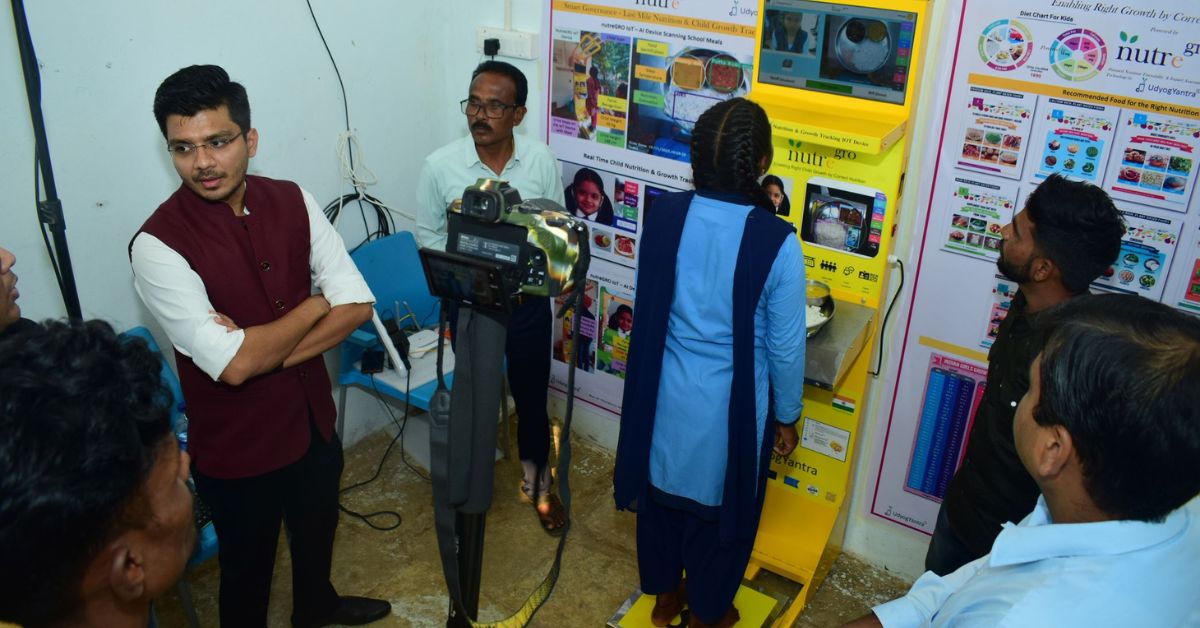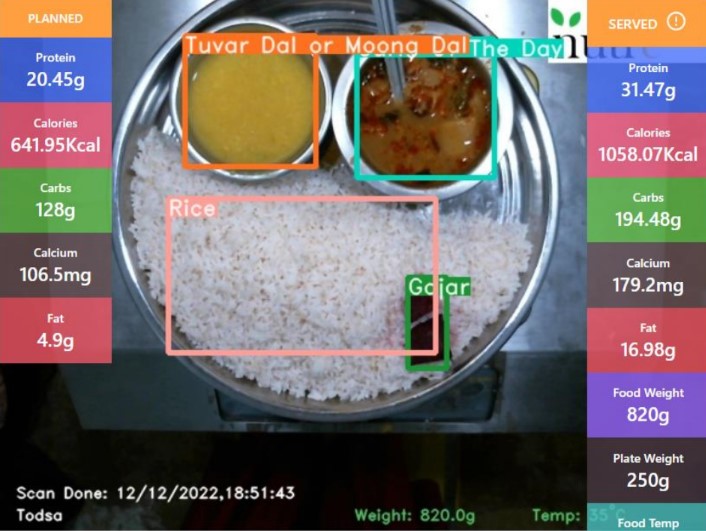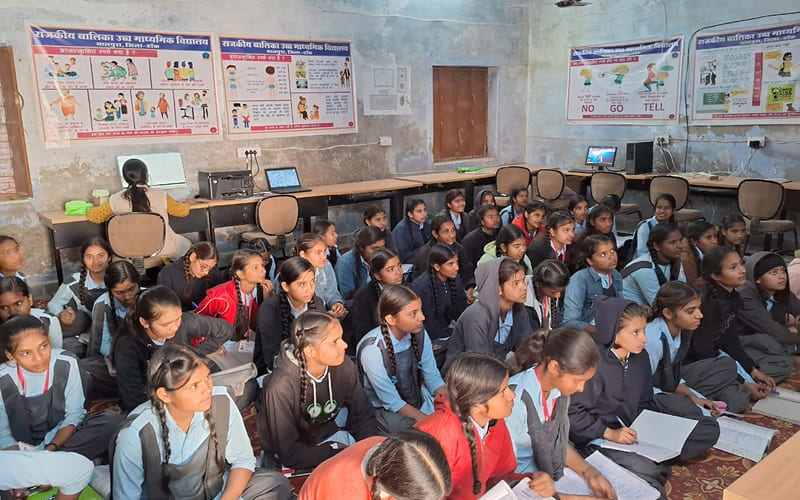
Leveraging AI to Combat Malnutrition in Maharashtra's Tribal Schools
In a pioneering move, IAS officer Shubham Gupta introduced an AI-powered intervention to tackle malnutrition in tribal schools of Maharashtra’s Etapalli district. The initiative uses technology to monitor meal quality and compliance, significantly improving student nutrition and offering a replicable solution for schools across India.
Updated on: 19 June 2025

Sector

Solution
Technology

State of Origin
Impact Metrics
Malnutrition rate reduced
through monitoring and improving meal quality.
Improved BMI
and better nutrition compliance.
The journey began with a simple observation by IAS officer Shubham Gupta during his visits to government schools in Etapalli. As Assistant Collector and project officer of the Integrated Tribal Development Project, he noticed clear signs of undernourishment among students despite regular government-funded meals. A deeper audit at Todsa Ashram School revealed that 27% of the students were malnourished, prompting a search for a systemic, data-driven solution.

To counteract inconsistent and poor-quality meals, Gupta partnered with Feeding India and Udyog Yantra to deploy an AI-enabled machine at the school. The machine, equipped with advanced image recognition, analyzed over 2,100 data points—including temperature and food appearance—to evaluate meal quality against government-prescribed menus. It automated what was previously manual and inconsistent oversight.
Data That Made a Difference
The insights were eye-opening. Many meals did not match the prescribed menu: students often missed out on items like fruits or protein-rich components. Inadequate preparation, overcooked vegetables, and spoiled ingredients further led to nutrition loss. Armed with concrete data, authorities swiftly enforced better compliance and vendor accountability, leading to visible improvements in the nutritional status of the students.
Policy Alignment: Backing the Fight Against Malnutrition
This intervention directly supports India’s ongoing efforts under the Poshan Abhiyaan, which aims to improve nutritional outcomes for children and adolescents. It also contributes to Mission Saksham Anganwadi and National Digital Health Mission goals by leveraging technology for public health impact. As a model of good governance and innovation, it reflects the spirit of Atmanirbhar Bharat and Viksit Bharat, demonstrating how localized tech-driven solutions can address persistent developmental challenges.

Following the success at Todsa Ashram School, the AI-based system has been replicated in other local schools. Gupta is also developing a new mobile app to track and assess students’ nutritional needs more efficiently. This forward-looking initiative showcases how digital innovation can be integrated into the education and public health sectors for long-term, scalable change.
A Tech-Driven Shift in School Nutrition
By fusing grassroots governance with artificial intelligence, this initiative redefines how India can tackle child malnutrition. It highlights the importance of accountability, precision, and proactive governance in ensuring that no child is left behind. As the model expands, it promises to become a cornerstone in India’s journey toward inclusive, health-focused development.
Share Your Story Today, Shape Viksit Bharat Tomorrow
Got an idea, innovation, or experience that's making a difference? Share your story now and ignite India's transformation because your voice can drive the future forward!
BUILD YOUR OWN
BUILD YOUR OWN
How can I implement this innovation effectively?
How is this innovation being adopted around the world?
Where else could this innovation make an impact?
Who has seen real results from using this innovation?
What insights do experts share about this innovation?
What policies support or influence this innovation?
How could this innovation evolve in the future?
Is this innovation accessible and inclusive for everyone?
How can I contribute to or participate in this innovation?
What resources can help me explore this innovation further?
If you would like to know more about this innovation, fill this form to contact the innovator.
Handpicked stories tailored just for you
Explore stories that inspire, inform, and ignite new ideas across tech, innovation, and real-world impact


Tele-ICU Technology Revolutionizes Critical Care Access Across India
Bengaluru-based Cloudphysician is transforming ICU care with its Tele-ICU platform, connecting hospitals to remote intensive care experts 24/7. Co-founded by...
Read More

